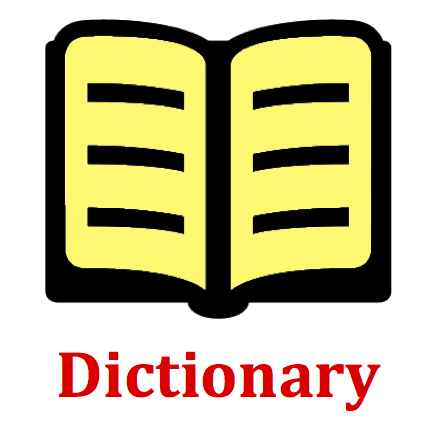Mission WM4 Wavelength-Frequency-Speed Relationship

Two boats - Boat A and Boat B - are anchored a distance of 6.6 meters apart. The incoming water waves force the boats to oscillate up and down, making three complete cycles every 12.7 seconds. When Boat A is at its peak, Boat B is at its low point. There are never any wave crests between the two boats. The vertical distance between Boat A and Boat B at their extreme is 8 meters. Determine the wavelength (in meters), frequency (in Hertz), and speed (in meters/second) of the wave.
(Note: Your numbers are randomized numbers and likely different from the numbers listed here.)

The wavelength of a wave is the length of the wave. It is often measured as the distance between two consecutive crests.
The frequency of a wave is the number of cycles occurring per unit of time. See Formula Frenzy section.

This question will certainly give your understanding of the various wave quantities a real workout. Begin by constructing a diagram of the situation - draw a straight line for the resting position of the water surface. Then draw the familiar wave pattern which depicts the presence of a wave on the water surface. Position Boats A and B on your diagram as described in the question. For instance, Boat A may be at a crest position and Boat B may be at the next adjacent trough position or even at the trough position on the other side of the next crest or even next two crests. (Read carefully and interpret the question.) Label the horizontal distance between them and the vertical distance between them. Then ask, what is the wavelength? Review the definitions of wavelength in the Dictionary section if necessary. Use the definition of frequency (see the Dictionary section) and the formula given in the Formula Frenzy section to determine the frequency. Finally, calculate wave speed using the wave equation (see Formula Frenzy).

The speed (v) of a wave can be calculated from knowledge of the wavelength (λ) and the frequency (f) of the wave. The formula is:
